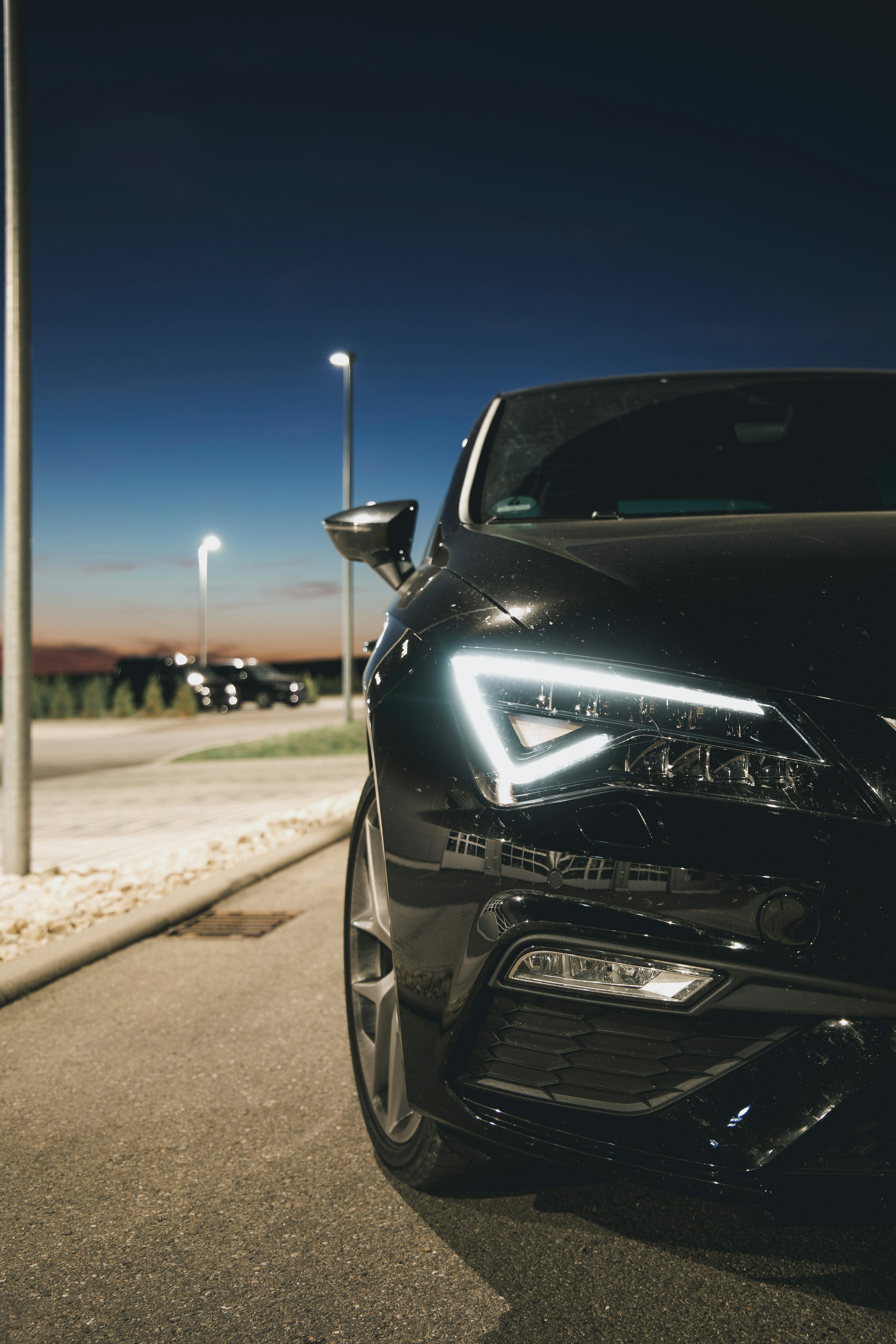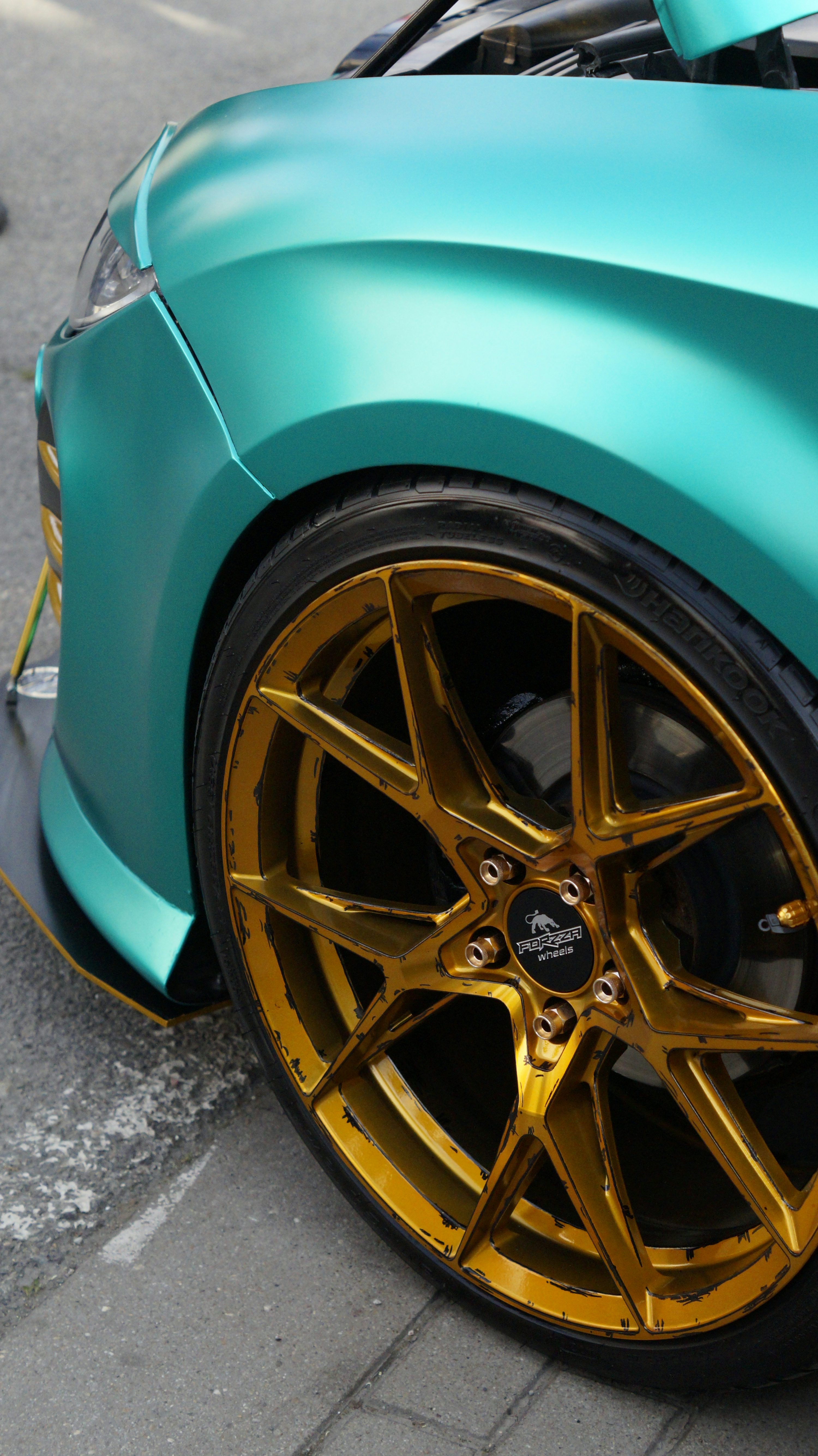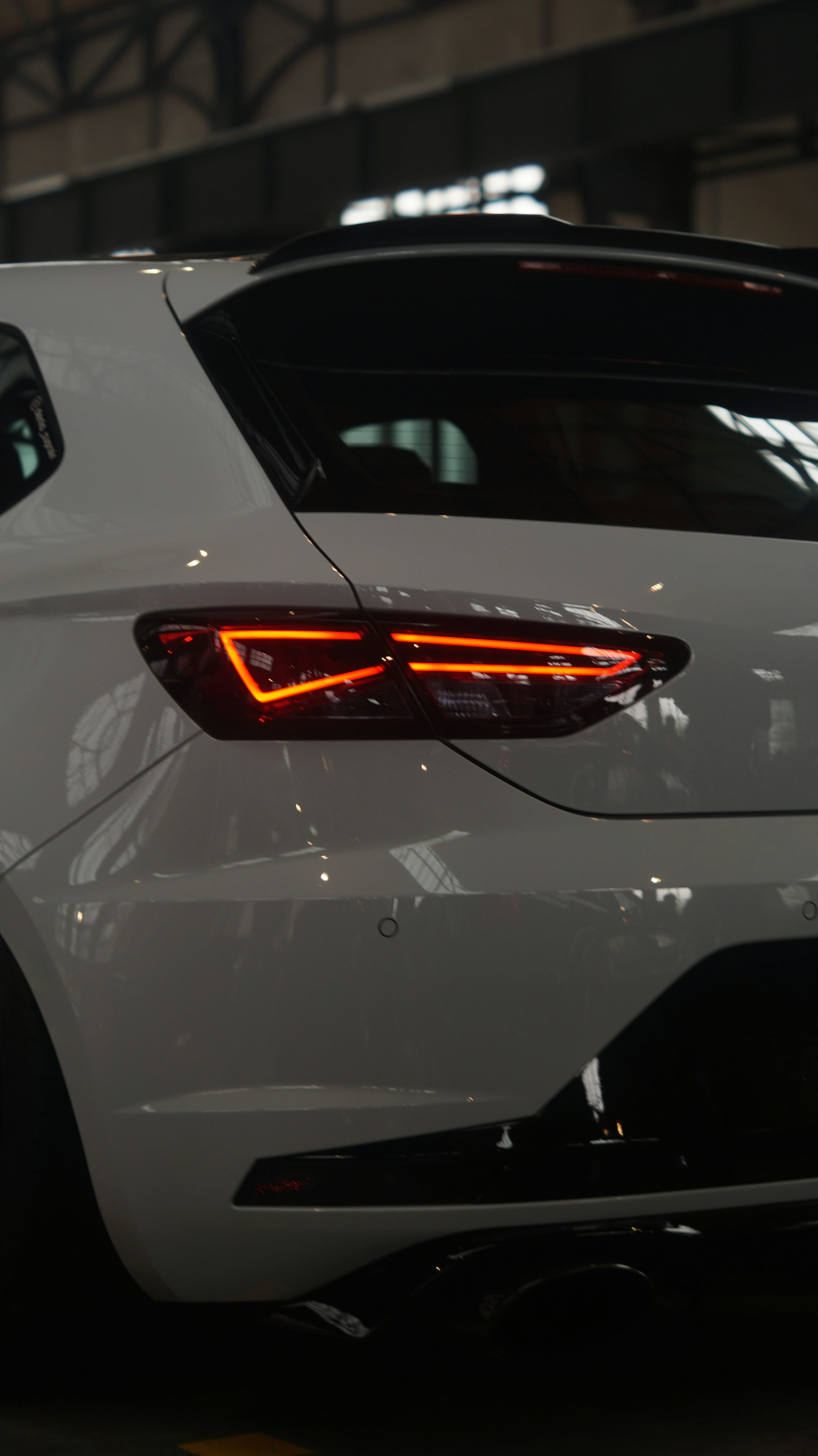- Is the Seat Leon 2016 Worth Buying Today?
- What Makes the Seat Leon 2016 Special?
- Maintenance Costs and Reliability
- Should You Choose Pre-2016 or Post-2016 Models?
- FAQ
Considering a used 2016 Seat Leon? This guide helps you decide if it’s the right hatchback for you today, covering its strengths, weaknesses, and what to expect.
Is the Seat Leon 2016 Worth Buying Today?
The 2016 model year for the Seat Leon continues to be a popular choice in the pre-owned car market. Many drivers find it offers a good mix of practicality and driving fun, especially for those looking for a reliable secondhand car. Let's look at what makes it an attractive option and some things you should know before buying.
Key Reasons to Consider
When you're thinking about a used Seat Leon from 2016, there are some clear benefits that make it stand out:
Budget-friendly option:The Seat Leon 2016 has already gone through its biggest drop in value, making it much more affordable to buy now than when it was new. This means you can get a well-equipped car without spending too much money. It provides great value for its features and performance in the used car market.
Practical hatchback design:This car is known for being very useful in everyday life. Its hatchback shape means you get a large boot space, perfect for shopping, luggage, or even sports gear. The initial 380-liter trunk capacity is ample for most needs, and the rear seats can fold down to create even more room. It's easy to park in busy city areas too.
Fuel-efficient engines:The 2016 Seat Leon comes with several engine choices, many of which are designed to save you money on fuel. The smaller 1.0L and 1.4L TSI petrol engines are particularly good at this. If you drive a lot, these efficient options can help keep your running costs low, which is a big plus for any used car.
Potential Drawbacks
While the 2016 Seat Leon has many good points, it's also important to be aware of areas where it might not meet the standards of a brand-new car:
Aging infotainment system lacks modern smartphone integration:The touchscreen system in the 2016 Seat Leon was good for its time, but it doesn't offer features like Apple CarPlay or Android Auto. This means you won't be able to easily connect your smartphone for navigation or music apps in the way you might in a newer vehicle. The graphics also look a bit dated compared to today's systems.
Limited advanced safety features compared to newer models:If you're looking for the latest safety technology, the 2016 Leon might fall short. It typically doesn't have advanced driver-assistance systems like automatic emergency braking, lane-keeping assist, or blind-spot monitoring, which are common in much newer cars. You'll rely more on traditional safety features.
Higher mileage units may require transmission checks:Especially if you're looking at versions with the automatic DSG gearbox and higher mileage, it's a good idea to have the transmission checked by a specialist. These gearboxes are generally reliable but can have issues over time without proper maintenance. Always ask for a full service history to see how well it's been looked after.
What Makes the Seat Leon 2016 Special?
The Seat Leon 2016 stands out for its balanced performance and stylish looks. It builds on the strong foundations of its VolkswagenUAE VolkswagenBahrain VolkswagenEgypt VolkswagenKSA VolkswagenKuwait VolkswagenOman VolkswagenQatar Volkswagen Group siblings, offering a dynamic driving experience wrapped in an attractive package. Here are some of the features and options that made this 2016 model year noteworthy.
Standout Features
drivers love the Seat Leon 2016 for specific qualities that make it a joy to drive and own:
Sporty handling with precise steering feedback:One of the most praised aspects of the Seat Leon is its agile handling. The steering feels direct and responsive, giving you a lot of confidence when driving on winding roads or through city traffic. It feels stable and composed, making every journey more enjoyable.
Multiple trim levels (S, SE, FR):The 2016 Seat Leon was available in various trim levels, each offering different levels of equipment and styling. The 'S' trim was the entry-level option, 'SE' added more comfort and convenience features, and 'FR' stood for Formula Racing, bringing sportier styling and a firmer suspension for a more engaging drive. These choices allowed buyers to pick a car that fit their needs and budget.
Available LED daytime running lights:For a more premium look and improved visibility during the day, many 2016 Leon models featured sleek LED daytime running lights. These not only made the car more visible to others but also added a modern touch to its front end.
Optional panoramic sunroof:To make the cabin feel even more open and airy, some models were fitted with an optional panoramic sunroof. This large glass roof extends over the front and rear passengers, letting in plenty of natural light and enhancing the feeling of spaciousness inside the car.
High-quality interior materials:Even as a used car, the interior of the 2016 Seat Leon feels well-built. Many surfaces use soft-touch materials, and everything feels solid and well put together. The seats are generally supportive and comfortable, even on longer trips.
Engine Options Comparison
The 2016 Seat Leon offered a range of efficient and powerful engines, catering to different driving preferences and fuel economy priorities. Here's a look at some common options:
Engine Type | Power Output | Fuel Economy (Combined) | Best For |
|---|---|---|---|
1.0L TSI | 115 HP | 23-25 km/L | City driving, lowest running costs |
1.4L TSI | 150 HP | 20-22 km/L | Balanced performance, daily commuting |
2.0L TDI | 184 HP | 25-28 km/L | Long distances, strong torque |
Maintenance Costs and Reliability
When buying a used car like the Seat Leon 2016, understanding the potential maintenance costs and its general reliability is key. The good news is that the Leon shares many parts with other Volkswagen Group cars, which often means parts are widely available and not overly expensive.
Typical Service Expenses
Regular servicing is crucial for keeping any car running well. Here's what you can expect for common maintenance tasks:
Basic oil change:This essential service includes replacing the engine oil and oil filter. Prices can vary widely depending on the workshop, the type of oil used, and your location. You might expect to pay roughly between AED 400 to AED 700 / SAR 400 to SAR 700 for a basic oil change.
Brake pad replacement:Replacing the brake pads is a common wear-and-tear item. You might also need to replace the brake discs if they are worn out. Costs will depend on the axle (front or rear), the quality of parts, and local labor rates. It's wise to get quotes from several garages, as prices can sometimes range from AED 600 to AED 1,200 / SAR 600 to SAR 1,200 per axle.
Timing belt replacement needed after 120,000 km or 5 years:This is a critical maintenance item for engines that use a timing belt (some engines use a chain, which typically lasts longer). It's a big job that prevents serious engine damage. Make sure to check the service history to see if this has been done. Ignoring it can lead to very costly repairs.
Other routine services:Don't forget about other regular maintenance items such as air filter replacement, spark plugs (for petrol engines), tire rotations, and fluid checks. These can add to your overall running costs but are vital for the vehicle's longevity.
Common Issues to Watch
While generally reliable, some owners of the Seat Leon 2016 have reported a few specific issues. Being aware of these can help you perform a better check before buying:
Turbocharger wear in high-mileage diesel models:If you're looking at a high-mileage diesel 2.0L TDI model, be aware that the turbocharger can show signs of wear. Symptoms might include a loss of power, strange noises, or excessive smoke from the exhaust. Regular oil changes and proper cool-down periods can help prevent this issue.
Coolant pump failures (especially in early 2016 units):Some owners have reported issues with the coolant pump failing, which can lead to engine overheating. This is something to specifically ask about when checking the service history or having the car inspected. Early detection and replacement are important to prevent more serious damage.
Worn door seals causing wind noise:A minor but sometimes annoying issue can be worn-out door seals. This can lead to increased wind noise inside the cabin, especially at highway speeds. It's usually an easy fix involving replacing the seals, but it's worth noting during a test drive.
DSG gearbox mechatronic unit:For models with the DSG automatic gearbox, issues with the mechatronic unit (which controls gear changes) have been reported, although less commonly on later models. Symptoms include jerky shifts or warning lights. A full service history showing regular gearbox oil changes is a good sign.
Should You Choose Pre-2016 or Post-2016 Models?
The 2016 Seat Leon sits at an interesting point in its model cycle. Towards the end of 2016 and into early 2017, Seat introduced a facelift for the Leon range. This means you might find both pre-facelift (early 2016) and post-facelift (late 2016/early 2017 onwards) models. Knowing the differences can help you decide which one best fits your needs.
2016 vs. Newer Generations
Comparing the 2016 Seat Leon to models from 2017 onwards, or even newer generations, highlights a few key differences:
Technology:Post-2017 models generally offer better connectivity features. The facelifted Leon introduced updated infotainment systems, sometimes with larger screens and the more modern connectivity options like full smartphone mirroring (Apple CarPlay and Android Auto) that the 2016 model often lacked. If technology is a priority, a slightly newer model might be better.
Safety:While the 2016 Leon is a safe car, newer models (from 2017/2018 onwards) often come with more advanced safety features. These include things like autonomous emergency braking (AEB), which can help prevent collisions, or adaptive cruise control. The 2016 model typically lacks these cutting-edge driver-assistance systems found in later versions.
Value:Earlier models, like the Seat Leon 2016, generally provide better cost savings on the initial purchase price. They have already taken a significant depreciation hit, meaning you can get more car for your money. Newer models, while offering more tech and safety, will still command a higher price tag in the used market. Your budget and feature priorities will guide your choice.
Subtle styling updates:The facelift also brought some minor exterior design changes, such as revised bumpers, new headlight designs, and updated alloy wheels. Inside, there were also subtle tweaks to the dashboard and trim. These are not major changes, but they do give the later models a slightly fresher look.
FAQ
Here are some common questions prospective buyers have about the Seat Leon 2016:
Q:Is the Seat Leon 2016 reliable for daily commuting?
A:Yes, absolutely. The Seat Leon 2016 is built on Volkswagen Group's very robust MQB platform, shared with other reliable cars like the VW Golf. Well-maintained units remain very dependable for daily city driving and even longer journeys. The key is to find a car with a complete service history, showing that it has been looked after properly. Regular service and check-ups help ensure its lasting reliability.
Q:How does it handle long-distance trips?
A:The 2016 Seat Leon is surprisingly comfortable for highway drives. Its stable chassis and well-tuned suspension provide a smooth ride, soaking up road imperfections effectively. The cabin generally has good noise insulation, which keeps wind and road noise down at higher speeds, making long journeys less tiring. Before any extended trips, always check your tire condition and pressure for optimal safety and fuel efficiency. Many models also offer cruise control for added convenience on the open road.
Q:What's the current resale value?
A:The current resale value of a 2016 Seat Leon can vary quite a bit. It depends on several factors, including the car's overall condition, its mileage, the specific trim level (e.g., S, SE, FR), and your geographical location. Models with a full service history and lower mileage will naturally retain better value. Prices in places like the UAE or Saudi Arabia will differ based on local market demand and import costs. You can check local used car listings for the most up-to-date pricing information in your area.
Read More:
How Long is the Tiguan:Your Guide to VW SUV Dimensions
Volkswagen Tiguan Price Guide:Your Comprehensive Cost Analysis
How to Open Your 2023 Tiguan Trunk from the Inside:An Escape Guide









